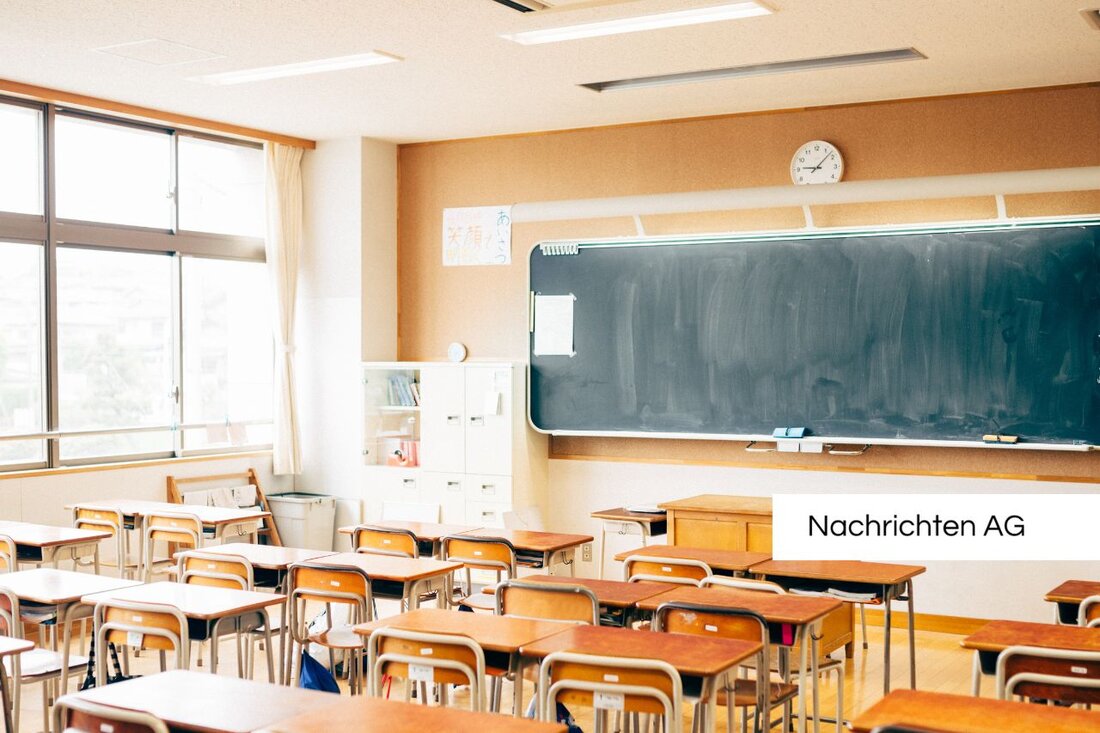Fichte School in Mittweida: Historical telescope soon shines!
Fichte School in Mittweida: Historical telescope soon shines!
On the roof of the Johann Gottlieb-Fichte secondary school in Mittweida, a very special piece of jewelry from astronomy will soon shine: a meniscas 150/1550 Cassegrain telescope. This impressive instrument was manufactured by the Jena company 4H-Jena Engineering GmbH in the 1970s and is one of the last of its kind. It has been forgotten over the years and fell for two passionate hobby astronomers, Michael Hesse and Mathias Römelt to live it back on life. According to BLICK of 1,000 euros from the Manfred Roth Foundation.
As part of a new astronomy offer that Hesse 2023 launched for students in grades 5 to 10, the opportunity is now being offered to actively use the telescope. The re -commissioning of the telescope not only marks a cultural revival, but also helps to promote interest in astronomy in youth. The restoration of the telescope is a profit for the Fichte School, which is looking forward to a festive inauguration in September 2025 as part of its 125th anniversary.
A look at the history of astronomy in class
The beginnings of astronomy in the German school system have an exciting history. Astronomy has been introduced as a compulsory subject in the GDR schools since 1959. In the 10th grade, one hour a week was taught, but there were often no suitable teaching aids and trained teachers. In the Federal Republic, on the other hand, similar content was often only taught in the form of working groups or elective obligations. The spread of the astronomy lessons was therefore strongly dependent on regional conditions and represented a true mirror of the education system that had to master many challenges. Wikipedia emphasizes that in Saxony the independent astronomy lesson emphasizes Was discontinued in 2007, which was not without protests.
historical telescopes and their meaning
Another historical telescope that played a role in the past is the "Telementor", a school and amateur scope of the GDR. This telescope was often used at polytechnic and extended high schools. Technical data such as a focal length of 840 mm and a weight of around 15 kg made the Telementor extremely practical and easy to transport. Even if the practical use often did not take place during school, the students opened up new horizons in astronomy through such tools.
Today it is more important than ever to arouse enthusiasm for astronomy and to promote both active observation and theoretical knowledge. The efforts of Michael Hesse and Mathias Römelt at the Fichte School are a shining example of how local initiatives can cause positive changes and a completely new splendor to which the once such splendid telescopes are brought back. The upcoming opening of the new observatory is not only a sign of hope, but also a departure in a future -oriented educational landscape.
| Details | |
|---|---|
| Ort | Mittweida, Deutschland |
| Quellen | |


Kommentare (0)